Morgan: A Chip Off the Old Block?
It’s a slightly melancholic tale about the futility of trying to humanize a robot, only to end up with a Kalashnikov in disguise.
Lee Weathers, a risk assessment consultant, arrives at a top-secret laboratory nestled deep within the North American woods. Her mission: to evaluate the potential danger of an ongoing experiment. Within this scientific complex, humanity’s age-old dream is being realized – a girl named Morgan, artificially grown and surpassing ordinary humans in strength and intellect. However, Morgan occasionally exhibits heightened aggression, and Weathers must determine whether the experiment should continue. Her findings are grim, but the lab’s scientists, who have grown attached to Morgan over five years, rally to defend their creation. Yet, the artificial girl herself views her “parents” not as friends, but as jailers, and awaits her chance to escape her confinement.
 .jpg “Still from the movie “Morgan””)
.jpg “Still from the movie “Morgan””)
Russian audiences tend to view acting and directing dynasties in their domestic cinema with skepticism, often perceiving them as nepotism and favoritism rather than genuine displays of talent. The sheer number of Mikhalkovs, Bondarchuks, Boyarskys, and others can be overwhelming, although we’re not suggesting that everyone should be lumped together. To be fair, dynastic succession isn’t unique to Soviet or Russian filmmaking; European and Hollywood cinema also have their fair share of families. Today, we have reason to discuss the “father-son” dynamic, as Luke Scott, son of Ridley Scott, releases his debut film, “Morgan.”
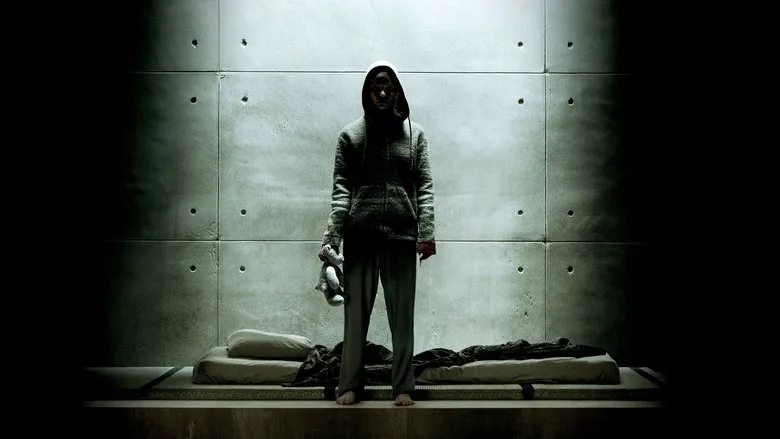
Besides Luke, Ridley Scott has two other children, both of whom are involved in filmmaking. Jake Scott works in independent cinema, while Jordan Scott is known for her commercials for popular sports and automotive brands.
A quick glance at the synopsis and trailer reveals that the son has ventured into the territory of “Blade Runner”: artificial intelligence versus humanity, the challenges of an “android’s” perception within human society, and the issues of adaptation and coexistence. However, “Morgan” shouldn’t be seen as a direct reference to Rick Deckard and his robots. The script was initially written without any specific nods to the famous futuristic neo-noir; Scott Jr. later tweaked it to bring it closer to his father’s film. The result is quite decent.
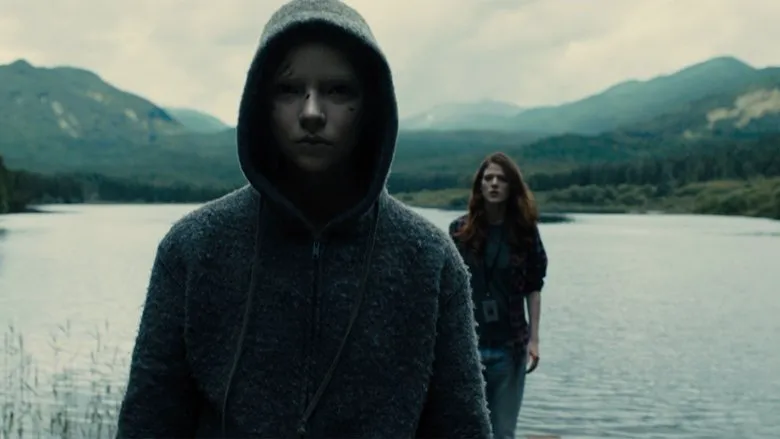
It’s important to note that the film is clearly divided into two parts. The first, as described in the introduction, is fairly standard: something strange is happening in a secret laboratory, higher-ups send inspectors to investigate, and they conclude that the operation should be shut down. What follows is a predictable rebellion by Morgan, who refuses to be “shut down,” and all the scientists’ and engineers’ plans fall apart. We won’t reveal the details of the ending, although the final plot twist is not difficult to guess.
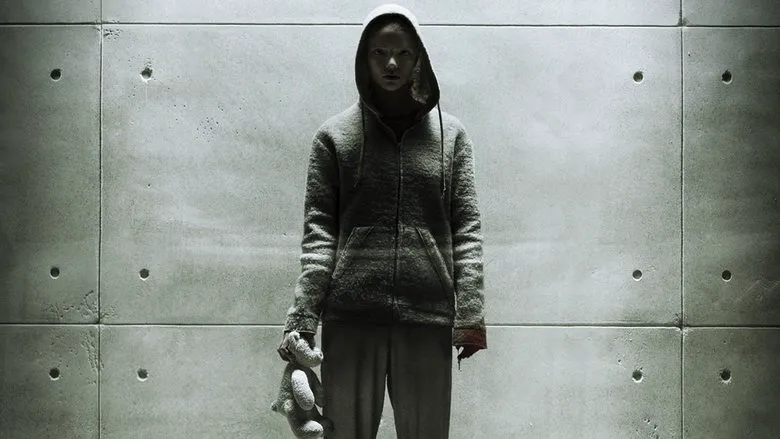
Kate Mara, who plays the main role in “Morgan,” also participated in the creation of “The Martian,” where Scott Jr. assisted his father on set.
It’s better to discuss how the film is made, as it was directed by an interesting filmmaker. “Morgan” is a solid film. It doesn’t aspire to the scale of “Prometheus” or “The Martian” (where Luke Scott worked as a second unit director), but it also doesn’t descend into pure amateurism. It features enough impressive scenes, has a well-defined rhythm, carefully develops the characters, and demonstrates a thoughtful approach. The thoughtfulness is particularly important, as it’s been a long time since a whirlwind of action could surprise a seasoned viewer. Fortunately, the film delivers on the intellectual front. It touches upon issues of cloning, responsibility for experiments, the adequacy of perceiving results, and life in a closed society, without becoming overly moralistic. Instead, it captivates and intrigues. The mere mention of “We don’t want a repeat of the Helsinki incident” immediately conjures up incredible images.
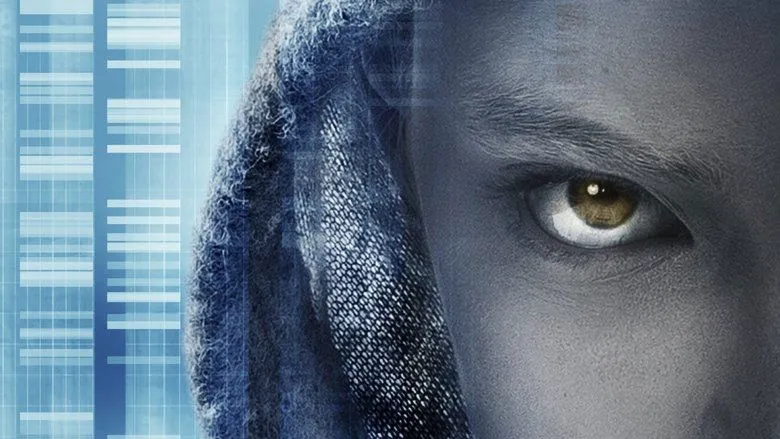
Moreover, the film is incredibly beautiful. The visual style is built on contrast: sterile laboratory walls and pristine forests, humans and animals, prisoner and jailers, love and death. The clash of opposites creates impressive sparks, which is particularly effective in the scene where a psychologist interviews Morgan, skillfully manipulating her emotions. Of course, without excellent actors, this would have been much more difficult, but it’s hard to single out anyone in “Morgan” – everyone is not just good, but superb.
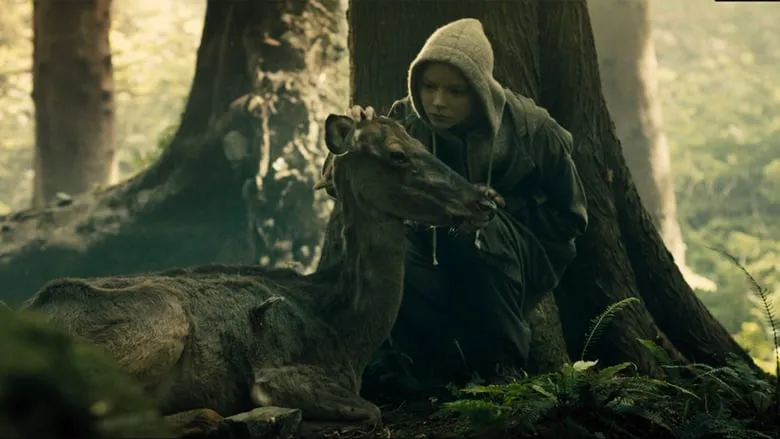
However, there’s no good without bad, although there’s not much to criticize in Scott Jr.'s debut. The weakest point of the film is the script, which was included in the “Black List,” likely not for its complexity of implementation, but for its lack of thoroughness. The characters are sometimes too straightforward, and their actions are illogical and artificially inserted into the plot. Morgan’s appearance and actions raise many questions, and the reasons for her outbursts of aggression are never fully explained.
Overall, the release of “Morgan” should be celebrated. The film is solid, the actors perform with enthusiasm, the visuals are beautiful, and the plot is simple but engaging. For a debut, this is very good. It remains to be seen how far the “apple” has fallen and whether it’s capable of independent life, as the film’s plot itself suggests that children don’t always correctly perceive what their parents instill in them. We look forward to Luke Scott’s next solo work, as it should be interesting.